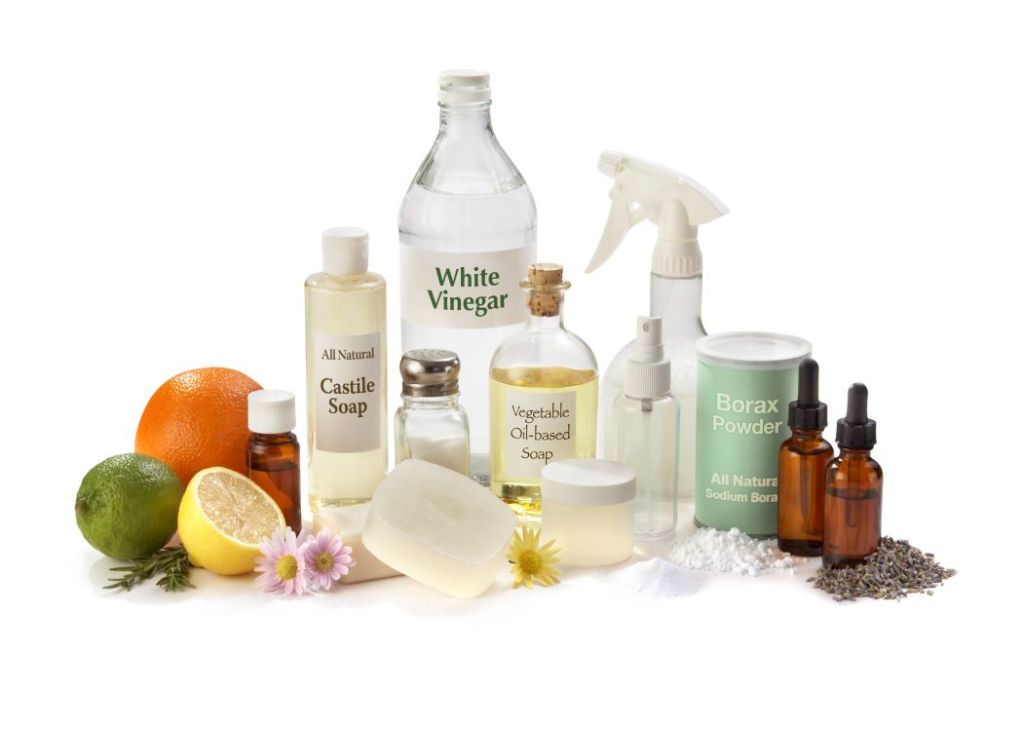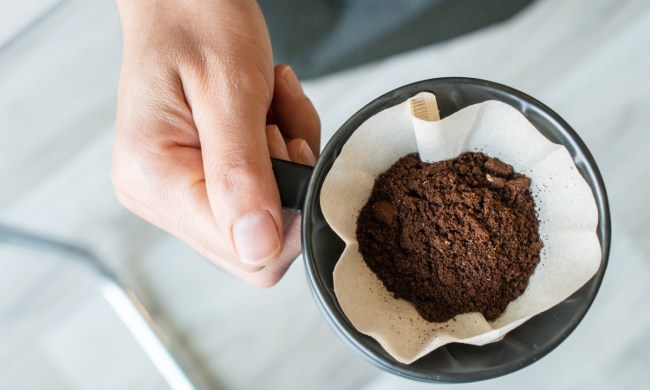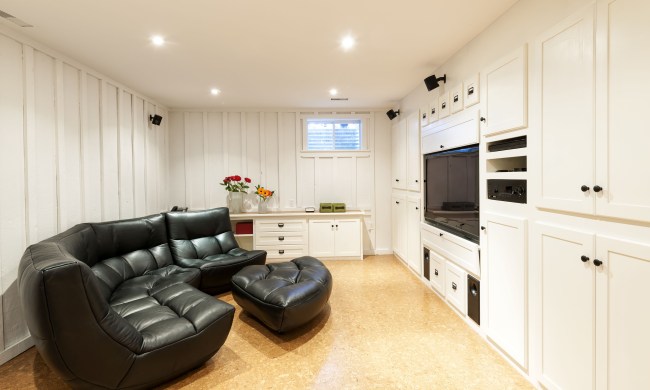
Have you got a pest problem in your home, and you want to treat it using natural products? You’re in the right space! We’ve got the best ways to manage pests naturally, and we’ve included all the specific products you’ll need. But first there are a couple of steps you should take to make sure your efforts aren’t wasted:
First things first: Get to cleaning
You can count on attracting the creepy crawlies as long as you are providing them a food or nesting source — and having old food, crumbs, debris, excessive moisture, and clutter around guarantee them these types of sources. So be sure to start out with a good, thorough cleaning of every nook and cranny, sweep and mop the floors, vacuum, wipe counters and put all foods and leftovers into airtight containers in the refrigerator. Do you have any areas of excessive moisture in your home? Investigate this and find out what’s occurring. Is it a leaky pipe? Whatever it is, fix it up, dry it out thoroughly, and make sure you’re not creating an attractive spot for pests.
Step two: Fill in the cracks
Secondly, go around to windows and doors and any other possible points of entry to see if you can figure out where your pests are getting in. Make sure screens are intact in all windows and screen doors and close up any holes or cracks in the area around them with a proper sealant. Make sure when your exterior doors are closed that no air or light is flooding in underneath; otherwise, this means pests can come right in. Check all pipes and walls for the same, and trim all outside plants and trees so they’re not resting against the house.
Do a little research into your pest and products
Now that you’ve completed the first two steps, it’s time to direct our attention to the pests themselves. Our household has used some of these methods regularly, others not as much, so do use them each sparingly at first to see how it works out in your home. Also: be sure to keep an close eye on wandering babies and pets when certain methods are in use, and make sure you familiarize with which methods are toxic to them. Do your research and study some pest control considerations for families with pets and children. And now, without further adieu, let’s take a look at each pest control method:
Tried and True Ant Repellents
Cinnamon: Sprinkle a good amount of ground cinnamon around the entrance ants are using to your home, as well as onto their anthills, both inside and outside windows, doors, sliding doors, etc. It will look a bit strange until you remove the cinnamon later, so if you prefer, you can use a few drops of cinnamon essential oil mixed with 1-2 cups water and spray the same way.
Tea tree oil: Mix 10 or so drops of fresh tea tree oil with 2 cups of water and pour into a spray bottle. Spray it wherever you’ve seen ants in your home, around the windows and doors, and anywhere you think they may be coming in.
Note: Tea tree oil has a unique scent, as most who’ve smelled it will attest to — and while it’s refreshing for many, it’s not everyone’s favorite. Keep this in mind when you’re ready to use it (although the smell does wear out over time if you keep windows open). Be careful with it around pets, too, especially cats.
Pepper: Use cayenne or black pepper the same way as the cinnamon and tea tree oil was directed above.
Borax and Sugar Ant Killer
Once you’ve tried the cinnamon, pepper, and tea tree oil treatments and they didn’t work, this treatment may be in order. The borax recipe is as follows:
Stir together 1/2 cup sugar, 1 and 1/2 TB Borax, and 1.5 cups warm water. Once this solution is mixed, soak several cotton balls in it, and place them in the path of the ants or precisely where you see them congregating. They will smell and move in for the sugar immediately. Let them take as much as they want and let them take it back to their colony. It will kill a good number of the ants there as well, although possibly not all of them including the queen. Therefore, another evening or two of the same treatment may be required. (However, we’ve only done this once in our household and we haven’t seen a single ant again after 24 hours passed.)
Minty Spider Repellent
Take some peppermint essential oil (about 5 drops) and mix with room-temperature water. Then funnel into a spray bottle( you can use a glass spray bottle). You can also add a drop or two of dish soap to this concoction, them shake up well and spray onto the aforementioned areas of the household. You may find it helpful in repelling other insects, like fleas, moths, flies, and other types as well.
*Our experience with this one was that it called spiders out from their spider hiding spots, causing them to appear in our midst. I decided I much preferred them to stay in their hiding spots, so stopped using the spray immediately — and they did.
Diatomaceous Earth
Whatever pests we haven’t killed yet can likely be addressed successfully with diatomaceous earth — including roaches, bed bugs, ticks, fleas, silverfish, beetles, centipedes, etc. With this unique substance, you simply sprinkle it in the path of the insects and let them pass through it. It dries out the insects by absorbing the oils and fats from their exoskeleton. Though they may not die immediately (some take between a week and 17 days), they will likely stay gone once they do.
The good news is it isn’t toxic to humans — in fact, farmers are said to dump it (the food grade kind) into containers with their grains to keep insects out.
There are a few ways to begin dealing with your pest problem naturally. We hope you’ll have positive results — remember cleaning up the area is the first step, and keeping it clean will ensure your pests don’t return for their original food or nesting source. Good luck!



